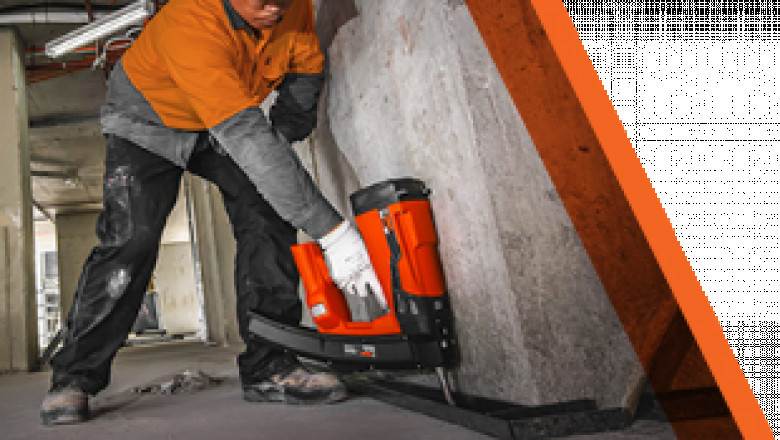views
Small yet indispensable tools commonly used in the construction, automotive, and manufacturing industries, threaded inserts are often used in applications where materials such as wood, plastic, or softer metals are involved, which can be prone to thread stripping over time. Their primary function is to reinforce the integrity of threaded holes and provide a longer-lasting solution for fastening.
What Are Threaded Inserts?
A threaded insert is a cylindrical insert, typically made of metal, that is installed into a pre-drilled hole to create a durable internal thread. This insert allows a bolt or screw to be inserted and tightened repeatedly without damaging the base material. Threaded inserts come in various shapes, sizes, and materials, catering to different needs depending on the application.
Types of Threaded Inserts
Threaded inserts are available in a variety of designs to suit different applications. The most common types include:
1. Helical Inserts – Often referred to as coil inserts, these are wire-wound springs that are inserted into a pre-drilled hole. They provide high strength and are ideal for materials that are prone to wear or stress.
2. Rivet-Type Inserts – These are designed to be installed using a specialised tool that ‘rivets’ the insert in place. They are commonly used in metal and plastic applications.
3. Keyed Inserts – These inserts have a key feature that locks them in place, preventing rotation after installation. This type is commonly used in applications where high torque or vibration may be encountered.
4. Press-Fit Inserts – These are used when no special tool is available for installation. They are simply pressed into the hole, and they expand slightly to fit tightly within the material.
Benefits of Using Threaded Inserts
A. Durability – Threaded inserts provide a more durable solution compared to directly tapping threads into softer materials. They prevent the threads from becoming worn out, ensuring the fastener stays secure for a longer period.
B. Versatility – Threaded inserts can be used in a variety of materials, from metal and plastic to wood and composites. They are highly versatile and allow for secure fastening even in delicate or soft materials.
C. Cost-Effective – Instead of using expensive materials that naturally hold threads, threaded inserts offer a cost-effective way to improve the longevity of threaded holes in a wide range of materials.
D. Easy Replacement – In case the insert becomes worn out or damaged, it can be replaced without the need for replacing the entire structure or material. This feature makes threaded inserts a practical solution in repair and maintenance.
These versatile components provide a durable, reliable way to create threaded holes in materials that may not support the threads on their own.






















Comments
0 comment